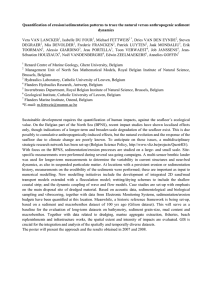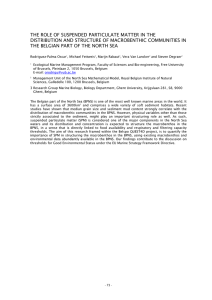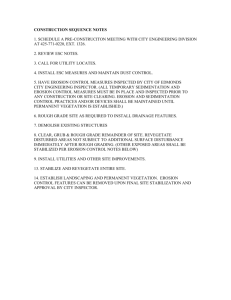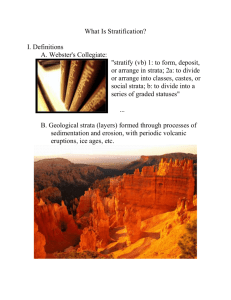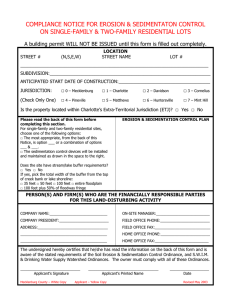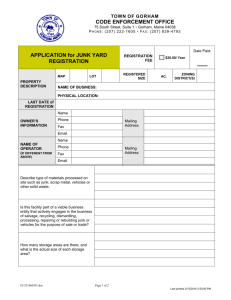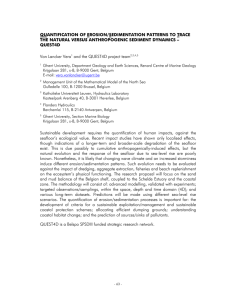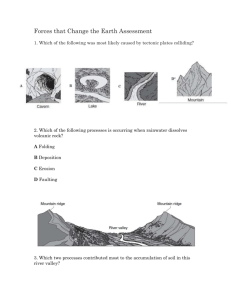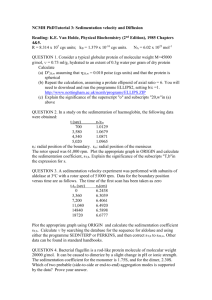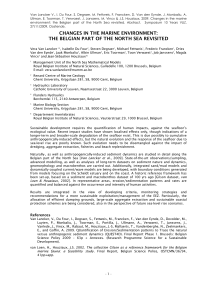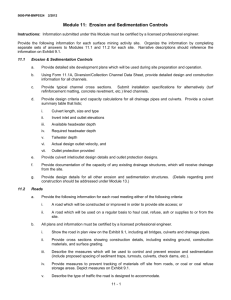QUANTIFICATION OF EROSION/SEDIMENTATION PATTERNS TO TRACE THE NATURAL VERSUS ANTHROPOGENIC SEDIMENT DYNAMICS
advertisement
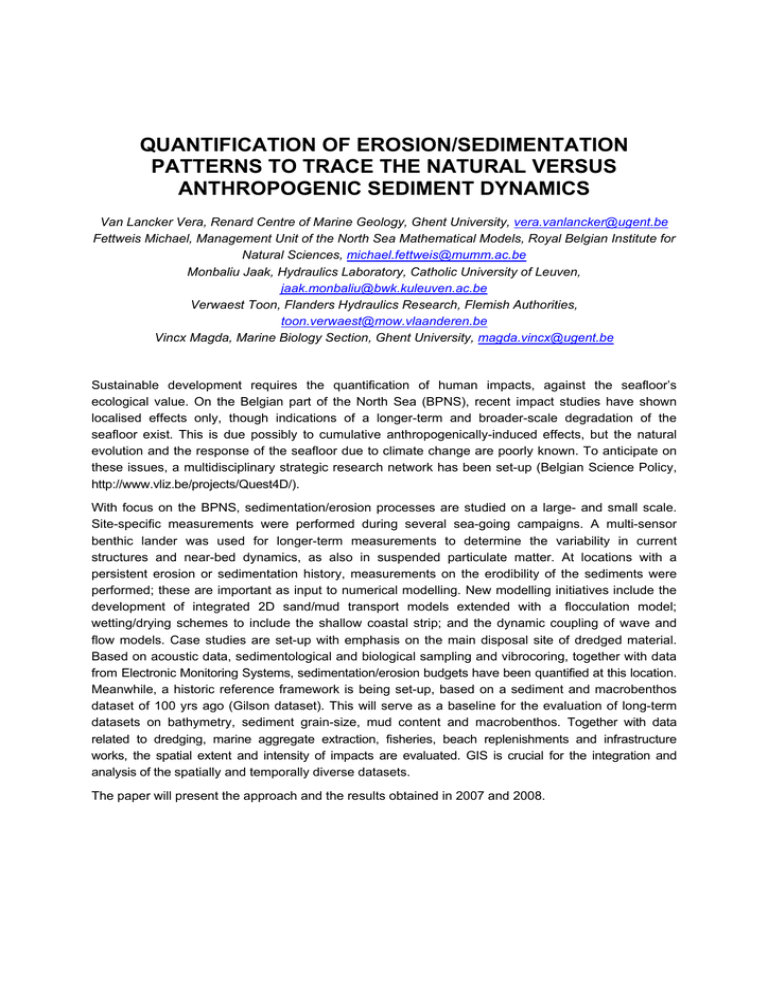
QUANTIFICATION OF EROSION/SEDIMENTATION PATTERNS TO TRACE THE NATURAL VERSUS ANTHROPOGENIC SEDIMENT DYNAMICS Van Lancker Vera, Renard Centre of Marine Geology, Ghent University, vera.vanlancker@ugent.be Fettweis Michael, Management Unit of the North Sea Mathematical Models, Royal Belgian Institute for Natural Sciences, michael.fettweis@mumm.ac.be Monbaliu Jaak, Hydraulics Laboratory, Catholic University of Leuven, jaak.monbaliu@bwk.kuleuven.ac.be Verwaest Toon, Flanders Hydraulics Research, Flemish Authorities, toon.verwaest@mow.vlaanderen.be Vincx Magda, Marine Biology Section, Ghent University, magda.vincx@ugent.be Sustainable development requires the quantification of human impacts, against the seafloor’s ecological value. On the Belgian part of the North Sea (BPNS), recent impact studies have shown localised effects only, though indications of a longer-term and broader-scale degradation of the seafloor exist. This is due possibly to cumulative anthropogenically-induced effects, but the natural evolution and the response of the seafloor due to climate change are poorly known. To anticipate on these issues, a multidisciplinary strategic research network has been set-up (Belgian Science Policy, http://www.vliz.be/projects/Quest4D/). With focus on the BPNS, sedimentation/erosion processes are studied on a large- and small scale. Site-specific measurements were performed during several sea-going campaigns. A multi-sensor benthic lander was used for longer-term measurements to determine the variability in current structures and near-bed dynamics, as also in suspended particulate matter. At locations with a persistent erosion or sedimentation history, measurements on the erodibility of the sediments were performed; these are important as input to numerical modelling. New modelling initiatives include the development of integrated 2D sand/mud transport models extended with a flocculation model; wetting/drying schemes to include the shallow coastal strip; and the dynamic coupling of wave and flow models. Case studies are set-up with emphasis on the main disposal site of dredged material. Based on acoustic data, sedimentological and biological sampling and vibrocoring, together with data from Electronic Monitoring Systems, sedimentation/erosion budgets have been quantified at this location. Meanwhile, a historic reference framework is being set-up, based on a sediment and macrobenthos dataset of 100 yrs ago (Gilson dataset). This will serve as a baseline for the evaluation of long-term datasets on bathymetry, sediment grain-size, mud content and macrobenthos. Together with data related to dredging, marine aggregate extraction, fisheries, beach replenishments and infrastructure works, the spatial extent and intensity of impacts are evaluated. GIS is crucial for the integration and analysis of the spatially and temporally diverse datasets. The paper will present the approach and the results obtained in 2007 and 2008.
